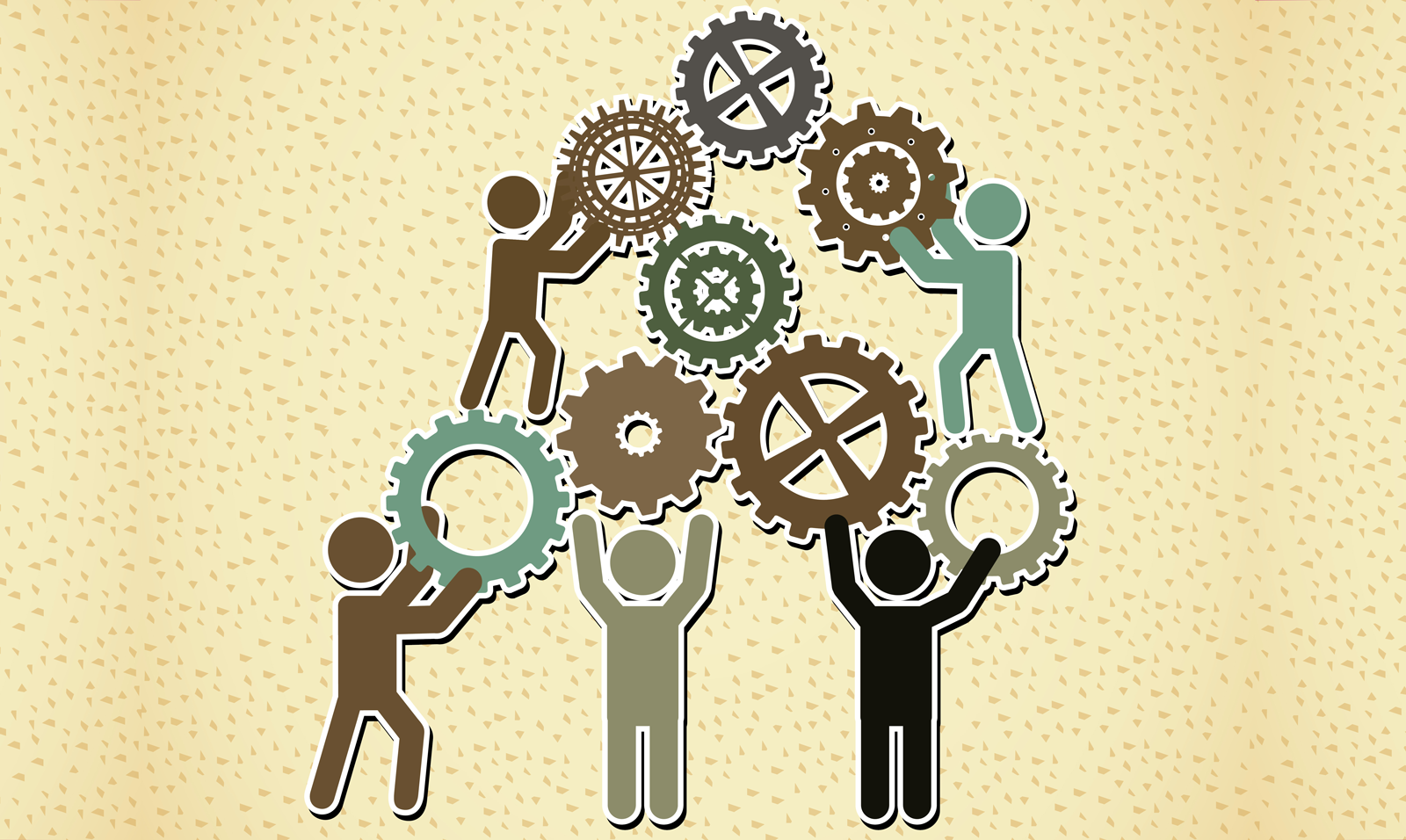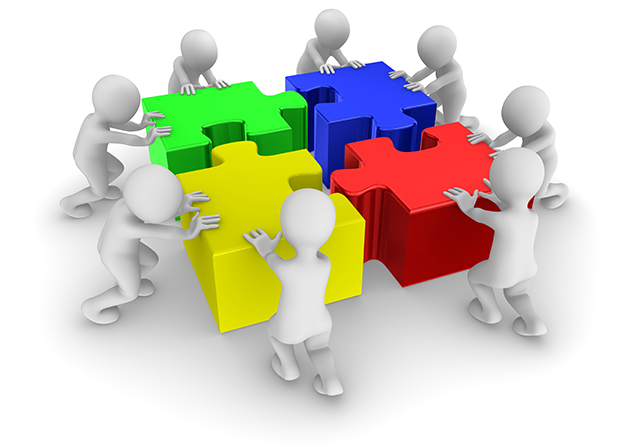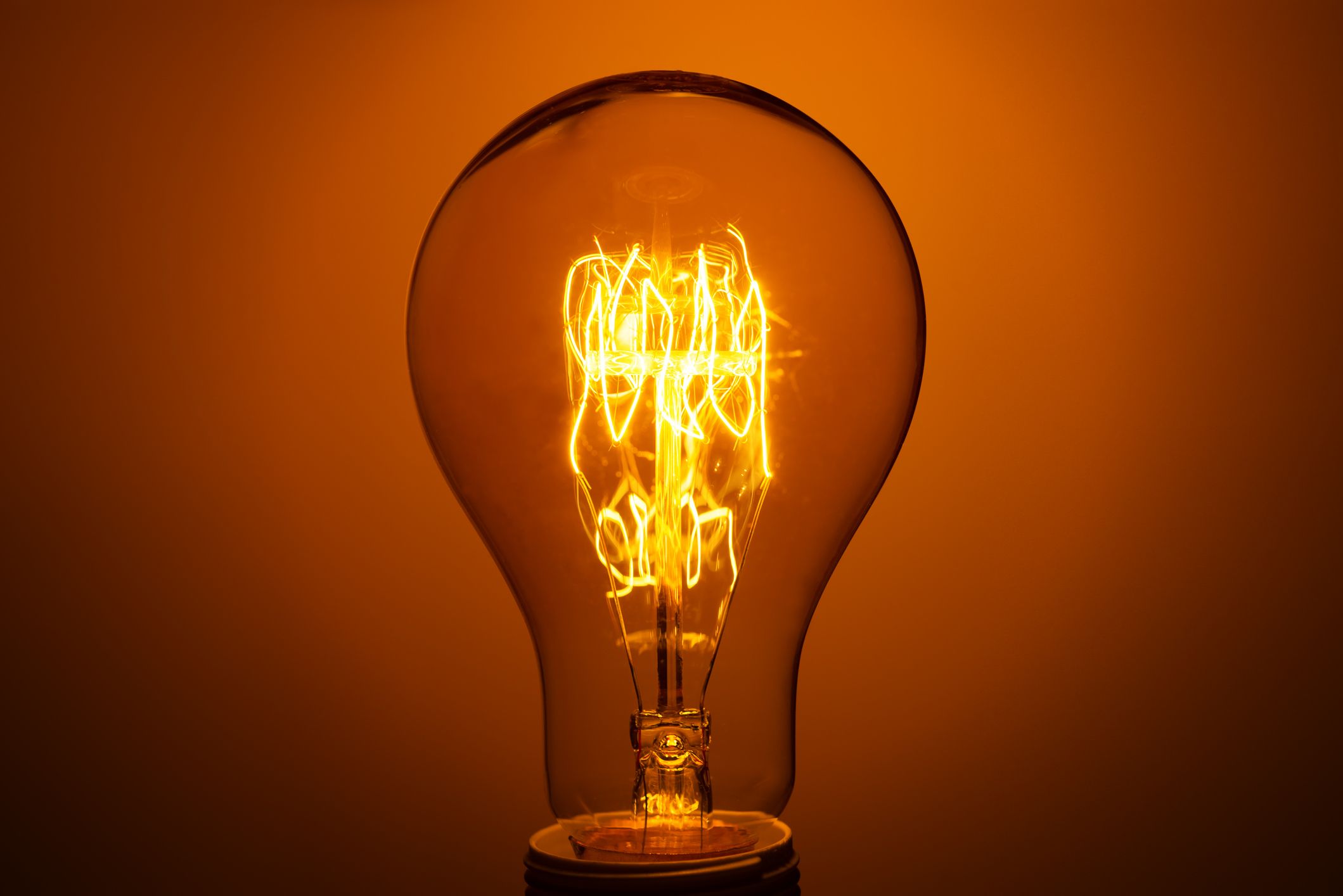Sabeer Bhatia’s Many Missed Roads: A Cautionary Tale of Vision, Value, and Self-Belief
When Sabeer Bhatia sold Hotmail to Microsoft in 1997 for $400 million, it was hailed as a watershed moment for the Indian diaspora in Silicon Valley. Here was a middle-class Indian engineer, armed with nothing more than an idea and grit, who had built one of the first web-based email services and caught the attention of Bill Gates himself. In many ways, Bhatia became a symbol of the early internet dream — the immigrant innovator who “made it.”
But history, when viewed through the lens of hindsight, is as much about what one didn’t do as what one did. And in Bhatia’s case, the roads not taken tell a deeper story — about the psychology of value, the missed evolution of a platform that could have become a $100 billion empire, and the invisible cost of low self-esteem in a globalized world still defining its digital identity.
The Sale That Made — and Ended — a Career
In 1997, the web was exploding. Email was still a luxury for many, and Hotmail’s simple promise — access your mail anywhere, anytime — was revolutionary. When Microsoft came knocking, offering $200 million, Bhatia reportedly asked for time to think. Gates quickly doubled the offer to $400 million.
That pause — a moment of hesitation — revealed something Gates instinctively knew: Hotmail was undervalued. He was not buying a startup; he was buying the gateway to the internet. Within a few years, Hotmail became a core part of MSN, then Outlook, and today it anchors Microsoft’s identity ecosystem — used by billions, monetized through ads, enterprise integrations, and cloud tie-ins.
For Microsoft, the deal was a steal. For Bhatia, it was a golden cage.
The Era of Cheap Capital — and Missed Leverage
The late 1990s and early 2000s were awash with venture capital. Founders like Jeff Bezos, Larry Page, Sergey Brin, and Elon Musk didn’t sell their first successes — they used them as springboards to build empires.
Bhatia could have done the same. With the Hotmail brand and Microsoft’s validation, he could easily have raised $100 million. The market trusted him. The diaspora celebrated him. He could have built a suite of internet tools around email — messaging, search, payments, even early cloud storage — the very components that later became Google, PayPal, and Dropbox.
Instead, he exited the game.
Perhaps it was exhaustion. Perhaps it was caution. Or perhaps it was something deeper — a lack of belief that he could be the next Gates, the next Bezos, the next archetype of digital capitalism.
The Invisible Chain: Low Self-Esteem and the Colonial Hangover
To say Sabeer Bhatia lacked self-esteem isn’t an insult; it’s an indictment of a larger civilizational condition. For generations, colonized nations were taught to be grateful for recognition, not to demand ownership. When Gates offered $400 million, it wasn’t just a price tag — it was validation from the West. For many in that era, that validation was the victory.
But self-esteem, in the entrepreneurial sense, is the audacity to think beyond validation. To say, “Why sell when I can build?”
In Bhatia’s case, he mistook arrival for accomplishment. What could have been the foundation of an empire became a historical footnote.
This isn’t unique to Bhatia. Many early Indian and Asian tech pioneers — brilliant engineers and product builders — exited early, while Western counterparts reinvested profits into ecosystems that now dominate the global digital order.
Parallel Universes: What Could Have Been
Imagine an alternate timeline where Bhatia reinvested his proceeds. Hotmail evolves into a platform ecosystem:
-
2000: Hotmail adds instant messaging and file sharing — years before Gmail or WhatsApp.
-
2003: Hotmail launches HotPay, a peer-to-peer payment system competing with PayPal.
-
2005: Hotmail introduces integrated search and news feeds — an early “super app.”
-
2010: Hotmail Cloud becomes the default storage for photos and files, predating Google Drive.
By 2020, “Hotmail” could have been synonymous with identity and digital life — just as “Google” or “Apple ID” are today.
That $400 million exit could have compounded into a $400 billion legacy.
The Larger Lesson: Founders as Civilizational Builders
Bhatia’s story is not about one man’s misstep; it’s about how civilizations learn to value themselves. The Indian diaspora produced countless engineers and coders who powered the American tech boom, yet few who owned its architecture.
Ownership requires self-belief. Self-belief comes from roots — from knowing that your civilization, too, can produce visionaries who build the future, not just participate in it.
When Bhatia sold Hotmail, it was the end of a chapter for him — but the beginning of a new kind of awareness for a generation that followed. The likes of Sundar Pichai, Satya Nadella, and Sridhar Vembu (of Zoho) represent a second wave — one where Indian-origin leaders now build, not just sell.
Epilogue: Redemption Through Reflection
Sabeer Bhatia remains a respected figure, and perhaps his contribution is precisely this — to remind us what happens when vision yields to validation.
The road he didn’t take is the lesson we all inherit:
In the digital age, self-belief compounds faster than capital.
You don’t sell your roots — you build from them.
Hotmail was a door. Bhatia walked out.
The next generation must walk through — and build the house.
सबीर भाटिया के छूटे हुए रास्ते: दृष्टि, मूल्य और आत्मविश्वास की एक चेतावनीपूर्ण कहानी
जब सबीर भाटिया ने 1997 में हॉटमेल को माइक्रोसॉफ्ट को 400 मिलियन डॉलर में बेचा, तो यह भारतीय प्रवासी इतिहास में एक मील का पत्थर माना गया। एक मध्यमवर्गीय भारतीय इंजीनियर, जिसने एक विचार और साहस के दम पर दुनिया की पहली वेब-आधारित ईमेल सेवाओं में से एक बनाई — और जिसे बिल गेट्स जैसे व्यक्ति ने खरीदा — यह किसी सपने से कम नहीं था।
कई मायनों में भाटिया शुरुआती इंटरनेट युग के प्रतीक बन गए — “अमेरिकी सपना” हासिल करने वाले प्रवासी नवप्रवर्तक।
लेकिन इतिहास को जब दूर से देखा जाता है, तो वह केवल उपलब्धियों की कहानी नहीं बताता — वह छूटे हुए अवसरों की भी कहानी कहता है।
और भाटिया के मामले में, वे रास्ते जो उन्होंने नहीं चुने, उनसे कहीं गहरी बात सामने आती है — मूल्यांकन की मनोविज्ञान, उस मंच के विकास की संभावना जो 100 बिलियन डॉलर की कंपनी बन सकता था, और उस आत्म-संदेह की कीमत जो एक सभ्यता अब भी चुकाती है।
वह बिक्री जिसने करियर बनाया — और खत्म भी किया
1997 में इंटरनेट तेजी से फैल रहा था। उस दौर में ईमेल सुविधा एक विलासिता थी, और हॉटमेल का वादा — “कहीं से भी, कभी भी मेल एक्सेस करें” — क्रांतिकारी था। जब माइक्रोसॉफ्ट ने इसे खरीदने का प्रस्ताव रखा और 200 मिलियन डॉलर की पेशकश की, तो भाटिया ने कहा, “क्या मैं इस पर थोड़ा सोच सकता हूँ?”
गेट्स ने तुरंत प्रस्ताव दोगुना कर दिया — 400 मिलियन डॉलर।
वह “थोड़ा सोचने” वाला क्षण गेट्स के लिए एक संकेत था: हॉटमेल की कीमत कहीं अधिक थी। वह सिर्फ एक स्टार्टअप नहीं खरीद रहे थे, वे इंटरनेट का प्रवेश द्वार खरीद रहे थे। कुछ ही वर्षों में हॉटमेल माइक्रोसॉफ्ट के MSN, फिर आउटलुक, और आज अरबों उपयोगकर्ताओं की पहचान प्रणाली का हिस्सा बन गया — विज्ञापनों, एंटरप्राइज इंटीग्रेशन और क्लाउड सेवाओं के माध्यम से अरबों डॉलर का व्यवसाय।
माइक्रोसॉफ्ट के लिए यह सौदा सस्ता सौदा था।
सबीर भाटिया के लिए यह सुनहरी जेल साबित हुआ।
सस्ते पूंजी के दौर में खोया हुआ अवसर
1990 के दशक के उत्तरार्ध और शुरुआती 2000 का दौर वेंचर कैपिटल से भरा था।
जेफ बेजोस, लैरी पेज, सर्गेई ब्रिन, और एलन मस्क जैसे उद्यमियों ने अपनी शुरुआती सफलताएँ बेची नहींं, बल्कि उन्हें साम्राज्य बनाने की सीढ़ी बनाया।
भाटिया भी ऐसा कर सकते थे। हॉटमेल ब्रांड और माइक्रोसॉफ्ट की मुहर के साथ, वे आसानी से 100 मिलियन डॉलर जुटा सकते थे। बाज़ार उन पर भरोसा करता था, भारतीय प्रवासी उन्हें नायक मानता था। वे ईमेल के आसपास पूरी इंटरनेट सेवाओं की श्रृंखला बना सकते थे — मैसेजिंग, सर्च, पेमेंट्स, क्लाउड स्टोरेज — वही घटक जो बाद में गूगल, पेपाल और ड्रॉपबॉक्स बने।
लेकिन उन्होंने खेल छोड़ दिया।
शायद थकान थी। शायद सावधानी। या शायद उससे भी गहरी बात — यह विश्वास न होना कि वह खुद अगला गेट्स या बेजोस बन सकते हैं।
अदृश्य जंजीर: आत्म-सम्मान और औपनिवेशिक अवशेष
यह कहना कि सबीर भाटिया में आत्म-सम्मान की कमी थी, कोई अपमान नहीं — यह एक व्यापक सभ्यतागत रोग का लक्षण है। सदियों तक उपनिवेशित देशों को यह सिखाया गया कि मान्यता ही सफलता है, स्वामित्व नहीं।
जब बिल गेट्स ने 400 मिलियन डॉलर की पेशकश की, तो वह केवल धनराशि नहीं थी — वह पश्चिम से मिली स्वीकृति थी। और उस युग के लिए, वह स्वीकृति ही सबसे बड़ी जीत थी।
लेकिन सच्चा आत्मविश्वास मान्यता से नहीं आता — वह निर्माण की आकांक्षा से आता है।
यह कहने से कि, “मैं खुद बना सकता हूँ, मुझे बेचना नहीं।”
भाटिया ने आगमन को सिद्धि समझ लिया। जो साम्राज्य बन सकता था, वह एक अध्याय बनकर रह गया।
और यह सिर्फ भाटिया की कहानी नहीं — कई शुरुआती भारतीय और एशियाई तकनीकी प्रतिभाएँ — जिन्होंने क्रांतिकारी उत्पाद बनाए — वे भी जल्दी ही बाहर निकल गए, जबकि पश्चिमी उद्यमियों ने उन्हीं लाभों को लेकर पूरी डिजिटल व्यवस्था पर कब्ज़ा कर लिया।
कल्पना करें — वह दुनिया जो हो सकती थी
कल्पना कीजिए कि भाटिया ने हॉटमेल बेचने के बजाय उसे आगे बढ़ाया होता।
यह कहानी कुछ इस तरह चल सकती थी:
-
2000: हॉटमेल में इंस्टैंट मैसेजिंग और फ़ाइल शेयरिंग की सुविधा — जीमेल और व्हाट्सऐप से पहले।
-
2003: हॉटपे — पीयर-टू-पीयर पेमेंट सिस्टम — पेपाल से मुकाबले में।
-
2005: एकीकृत सर्च और न्यूज़ फीड — शुरुआती सुपर ऐप का रूप।
-
2010: हॉटमेल क्लाउड — तस्वीरें और फ़ाइलें स्टोर करने का प्रमुख मंच, गूगल ड्राइव से पहले।
2020 तक “हॉटमेल” डिजिटल पहचान और जीवन का पर्याय बन चुका होता — जैसे आज “गूगल” या “एप्पल आईडी” हैं।
वह 400 मिलियन डॉलर का सौदा 400 बिलियन डॉलर की विरासत बन सकता था।
बड़ी सीख: संस्थापक सभ्यताओं के निर्माता होते हैं
भाटिया की कहानी किसी व्यक्ति की चूक नहीं, बल्कि एक पूरी सभ्यता की आत्म-मूल्य समझने की प्रक्रिया की कहानी है।
भारतीय प्रवासियों ने अमेरिकी तकनीकी उछाल को अपने कोड और मेहनत से गति दी, परंतु बहुत कम जिन्होंने उसका स्वामित्व रखा।
स्वामित्व के लिए आत्मविश्वास चाहिए।
और आत्मविश्वास अपनी जड़ों से आता है — यह जानने से कि आपकी सभ्यता भी भविष्य बना सकती है, केवल उसमें भाग नहीं लेती।
जब भाटिया ने हॉटमेल बेचा, तो यह उनके लिए एक अध्याय का अंत था — लेकिन अगली पीढ़ी के लिए यह एक शुरुआत थी।
सुंदर पिचाई, सत्य नडेला, और श्रीधर वेम्बु (Zoho) जैसी हस्तियाँ उसी दूसरी लहर का प्रतीक हैं — जहाँ भारतीय मूल के नेता अब बेचते नहीं, निर्माण करते हैं।
उपसंहार: आत्मचिंतन के माध्यम से मुक्ति
सबीर भाटिया आज भी सम्मानित हैं — और शायद उनका योगदान यही है:
यह दिखाना कि जब दृष्टि मान्यता को रास्ता दे देती है, तो इतिहास क्या खो देता है।
उन्होंने वह रास्ता नहीं चुना जो उन्हें मोगल बना सकता था।
पर उनके कदमों के निशान उस पीढ़ी के लिए दिशासूचक हैं जो अब समझती है —
डिजिटल युग में पूंजी से तेज़ गति से आत्मविश्वास बढ़ता है।
अपनी जड़ों को बेचा नहीं जाता — उनसे निर्माण किया जाता है।
हॉटमेल एक दरवाज़ा था।
भाटिया बाहर चले गए।
अगली पीढ़ी को उस दरवाज़े से भीतर जाकर घर बनाना है।
Sabeer Bhatia’s Many Missed Roads: A Cautionary Tale of Vision, Value, and Self-Belief https://t.co/v3YQReZurU @sabeer
— Paramendra Kumar Bhagat (@paramendra) October 3, 2025






